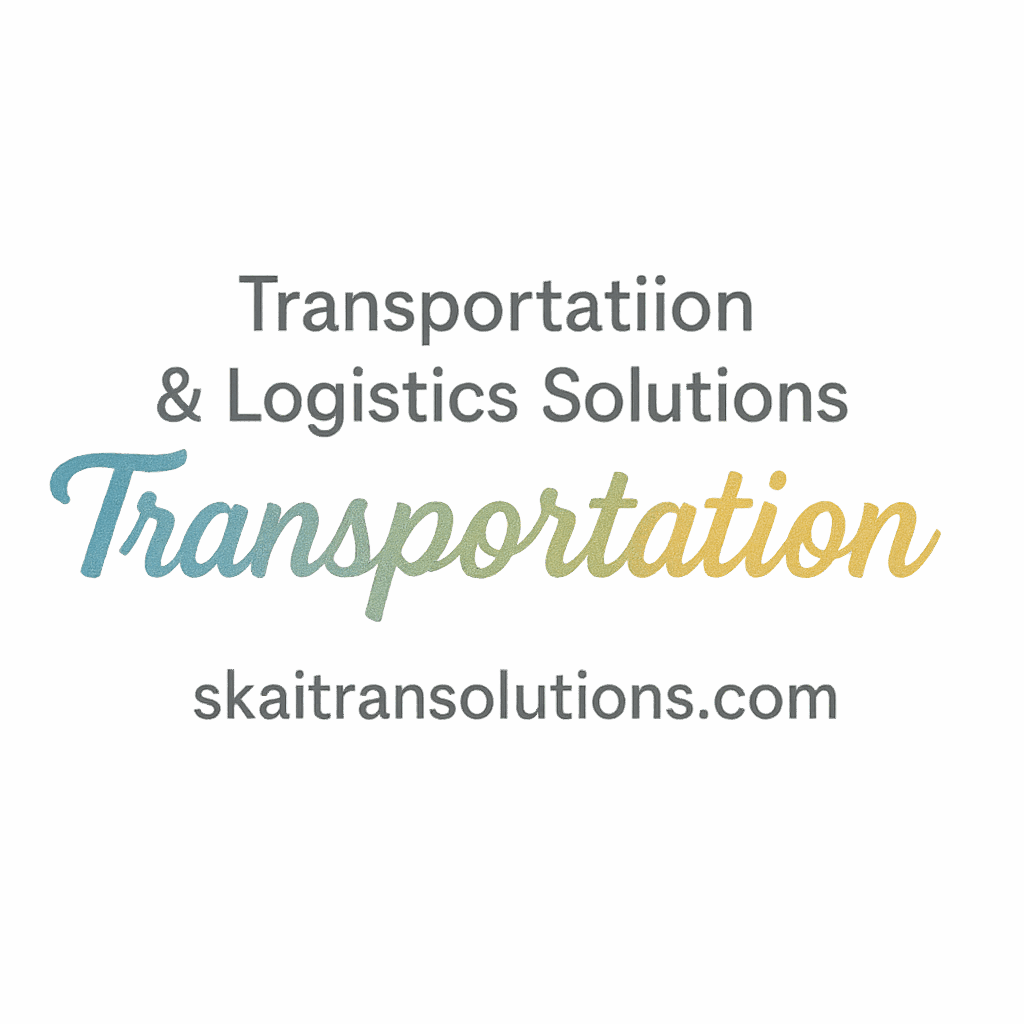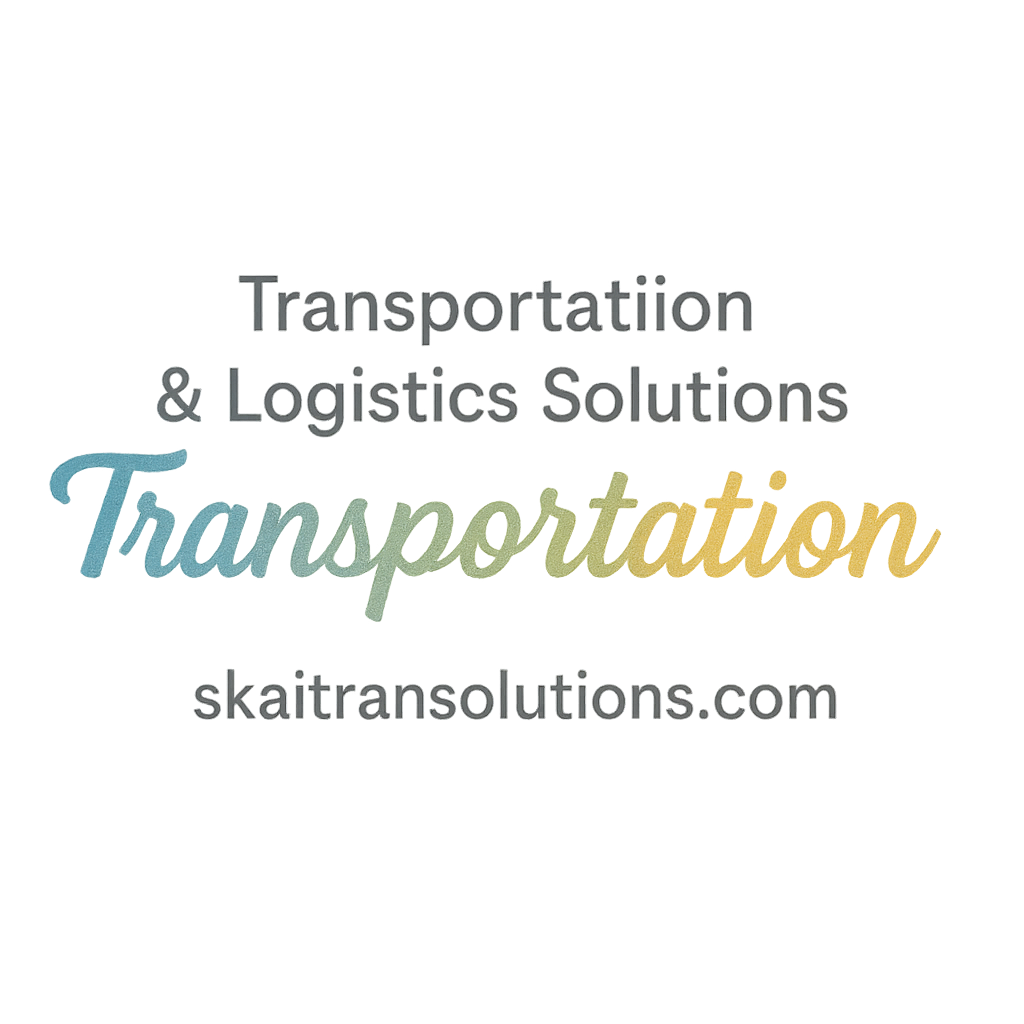When something goes wrong on the road, it’s not just a hiccup—it can become a full-blown crisis in minutes. From collisions to mechanical failures, every second counts in managing transportation incidents. That’s why every fleet, no matter how big or small, needs a rock-solid response plan. In this article, we’re diving into 5 transportation incident response tips that’ll help you respond quickly, minimize damage, and keep your business moving forward.
Let’s get into it.
Why Incident Response Is a Must in Transportation
The Cost of Unpreparedness
Ever heard the saying, “Failing to plan is planning to fail”? That’s especially true in logistics and transportation. Without a proper incident response system, your company could face:
- Huge operational delays
- Costly fines or lawsuits
- Major safety risks
- Damaged cargo
- And worst of all—lost trust
These aren’t just “bad days”—they’re business killers.
Reputation Is on the Line
In today’s hyper-connected world, one mishandled transportation incident can go viral in seconds. Your fleet might recover, but your brand might not. A quick, calm, and clear response is what separates trusted names from cautionary tales.
Understanding Transportation Incidents
Common Transportation Incidents
So, what are we talking about here? Transportation incidents include:
- Road collisions
- Vehicle breakdowns
- Hazardous material spills
- Cargo theft or loss
- Delays due to weather or human error
Each one can spiral if not handled promptly and professionally.
Root Causes Behind Most Incidents
Let’s be real—most incidents are preventable. The usual culprits?
- Fatigue or distraction
- Poor maintenance
- Inadequate driver training
- Miscommunication
- Outdated technology
Knowing the “why” helps you respond better and prevent future recurrences.
Tip #1: Create a Transportation Incident Response Plan
What an Effective Plan Should Cover
Start here. A good incident response plan is like a safety net—it catches you before you fall too hard.
Your plan should clearly detail:
- Steps to take during specific types of incidents
- Emergency contact lists
- Reporting protocols
- Recovery and continuation strategies
Need help? Check out our operational best practices to start building your plan.
Assign Roles and Responsibilities Clearly
Don’t wait for an emergency to figure out who does what. Assign:
- A response leader
- Communication liaisons
- Technical support team
- On-site coordinators (if applicable)
Having these roles defined beforehand helps avoid chaos in the heat of the moment.
Tip #2: Train Your Fleet Staff Regularly
Why Regular Training Isn’t Optional
Think of your drivers as the first responders in any transportation incident. If they panic or act without a plan, things can get messy.
That’s why you need to train them regularly in:
- First aid and emergency protocols
- Vehicle safety inspections
- Customer service during delays
- Proper documentation and reporting
Our transportation industry insights offer resources to guide your training programs.
Emergency Simulation Drills
Once a year isn’t enough. Schedule emergency drills every quarter—simulate crashes, spills, breakdowns. Let your team practice in a safe environment so they’re ready when it’s real.
Tip #3: Use Real-Time Fleet Monitoring Tools
Leverage GPS and Telematics
Tech can be your best friend when things go sideways. Tools like GPS tracking, ELDs, and vehicle diagnostics give you real-time data that saves time—and lives.
Explore transportation technology innovation tools to help automate and monitor your fleet.
Faster Decision-Making During Crises
With real-time alerts, your dispatch center can:
- Reroute vehicles
- Notify emergency services
- Warn nearby drivers
- Contact clients with updates
It’s like having a control tower guiding every move—especially during a storm.

Tip #4: Build a Communication Tree
Keep Everyone in the Loop Instantly
In any transportation incident, miscommunication is the enemy. Build a communication tree that includes:
- Dispatch managers
- Drivers
- Clients
- Insurance providers
- Emergency responders
Use mobile apps, radio, and backup systems. No delays, no confusion.
Stakeholders, Customers & Authorities
Transparency is everything. Notify customers early. Alert police or fire departments immediately when necessary. And document every message.
Our insights on customer experience & safety stress the value of transparency in building customer trust.
Tip #5: Review and Improve After Every Incident
Conduct a Thorough Post-Incident Audit
Once the dust settles, don’t just move on. Ask:
- What went right?
- What went wrong?
- How can we prevent this again?
Audit everything from communication logs to vehicle data. Share lessons company-wide.
Track Incident KPIs Over Time
Measure incident-related KPIs such as:
- Response time
- Downtime duration
- Financial impact
- Customer satisfaction scores
Need help defining metrics? Head over to our tags on KPIs, metrics, and performance for insights.
How Technology Improves Incident Response
Automation and AI in Transportation
Imagine AI flagging a brake failure before it happens or rerouting your fleet away from roadblocks. That’s not sci-fi—it’s today’s tech.
Visit our section on innovation and autonomous tech to see what’s next.
Predictive Analytics and Prevention
Predictive models can forecast risk based on:
- Weather
- Traffic history
- Vehicle usage patterns
- Driver behavior
Prevention is the best form of response.
Linking Incident Response to Operational Best Practices
Compliance Isn’t Just a Buzzword
Staying compliant isn’t about ticking boxes—it’s your legal shield. Regulatory bodies expect documented proof of your incident response systems.
Dive deeper into compliance to make sure you’re always in the green zone.
Tying Strategy with Safety
Your incident response plan should be part of your broader transportation strategy. Safety isn’t a separate department—it’s everyone’s job.
Boosting Customer Confidence Through Safety Measures
Transparency Builds Trust
When customers know you’ve got a reliable incident response system in place, they feel secure. Don’t hide mishaps—show how you handled them.
Incident-Free = Happy Customers
Every avoided incident is a win—for your drivers, your assets, and your reputation. Fewer incidents lead to more reliable service, better coverage, and happier clients.
Conclusion
Let’s face it—transportation incidents are inevitable. But how you respond makes all the difference. These five transportation incident response tips—planning ahead, training often, using tech, communicating well, and reviewing everything—can transform chaos into control.
If you want your fleet to run smoother, safer, and smarter, start implementing these tips today. And don’t forget, Skai Tran Solutions is your go-to source for everything related to logistics, innovation, compliance, and performance.
👉 Visit SkaiTranSolutions.com to learn more and optimize your operations.
FAQs
1. What is the first step in responding to a transportation incident?
Create and follow a clear response plan that outlines immediate actions, responsibilities, and communication.
2. How often should transportation companies run emergency drills?
At least once a quarter to keep teams prepared and practiced.
3. Can GPS tracking help in incident response?
Absolutely. It allows real-time vehicle tracking, quick rerouting, and fast emergency service coordination.
4. What KPIs should I track for incident response?
Track response time, incident resolution time, financial impact, and customer satisfaction metrics.
5. Why is post-incident analysis important?
It helps identify root causes, improve processes, and prevent future incidents.
6. How can incident response boost customer experience?
Fast, transparent handling of issues builds trust and keeps clients informed, which enhances satisfaction.
7. Where can I find tools to improve my incident response plan?
Check out resources and tech solutions on Skai Tran Solutions to get started.


